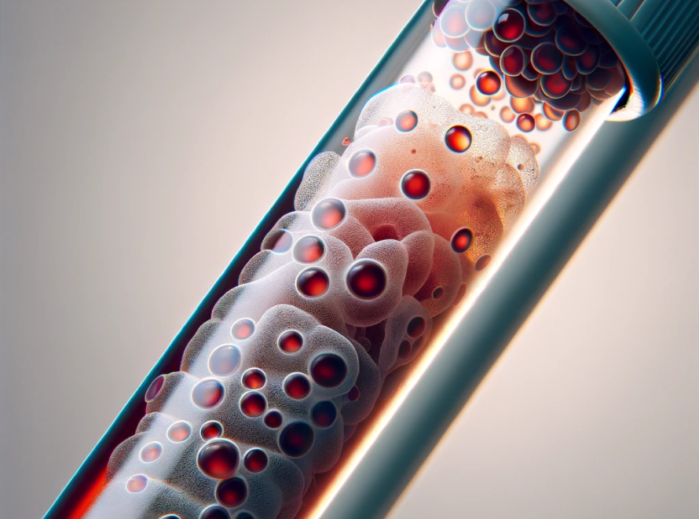- How is PRP Prepared
Introduction to PRP (Platelet-Rich Plasma)
- What is PRP? Platelet-rich plasma (PRP) is a revolutionary approach in regenerative medicine, gaining immense popularity across various medical fields. It’s a concentration of platelets in plasma, a component of your blood that plays a critical role in healing and tissue regeneration.
- The Growing Popularity of PRP Treatments PRP treatments have seen a surge in interest for their potential to accelerate the healing process, particularly in orthopedic injuries, cosmetic procedures, and hair restoration therapies.
The Science Behind PRP
- Understanding Blood Components Blood consists of several components: red cells, white cells, platelets, and plasma. Each plays a unique role, but it’s the platelets and plasma that are crucial in the context of PRP.
- Role of Platelets in Healing Platelets are the body’s first responders to injury, initiating repair and attracting stem cells to the injury site. Their growth factors are essential in the healing process.
The PRP Preparation Process
- Step 1: Blood Collection The process begins with drawing a small amount of the patient’s blood, similar to a routine blood test.
- Step 2: Centrifugation The collected blood is then placed in a centrifuge, where it’s spun at high speeds to separate the different blood components.
- The Importance of Speed and Time in Centrifugation The centrifugation speed and duration are crucial. They determine how well the platelets are concentrated.
- Step 3: Plasma Separation After centrifugation, the blood separates into layers, and the plasma layer is extracted.
- Step 4: Platelet Concentration The plasma now contains a higher concentration of platelets, forming the PRP that will be used in treatment.
Variations in PRP Preparation
- Different Methods of PRP Preparation There are various techniques and kits available for preparing PRP, each with its advantages and limitations.
- Factors Influencing PRP Quality The quality of PRP can be influenced by the patient’s health, the preparation method, and the specific protocol used.
PRP in Medical Treatments
- Orthopedic Applications PRP has shown promise in treating conditions like arthritis and tendon injuries, offering a potential alternative to surgery.
- Aesthetic and Cosmetic Uses In the cosmetic field, PRP is used for skin rejuvenation, treating scars, and promoting hair growth.
Safety and Efficacy of PRP
- Understanding the Risks While generally safe, PRP therapy carries risks similar to any injection, such as infection or nerve injuries.
- Efficacy in Various Treatments Research on the efficacy of PRP is ongoing, with some studies showing positive results, while others indicate the need for more standardized protocols.
The Future of PRP
- Ongoing Research and Potential The future of PRP looks promising, with ongoing research exploring its full potential in various medical fields.
- Ethical and Regulatory Considerations As with any emerging medical treatment, ethical and regulatory considerations are crucial to ensure patient safety and treatment efficacy.
Conclusion PRP preparation is a fascinating and evolving field. As research continues, the potential applications of this therapy could expand, offering new hope in regenerative medicine. It represents a unique intersection of biology, technology, and patient care, illustrating how innovative approaches can enhance traditional medical treatments.
FAQs
- What conditions can PRP treat? PRP is used in various conditions including orthopedic injuries, cosmetic skin rejuvenation, and hair loss treatments.
- How long does a PRP treatment take? The entire process, from blood collection to injection, typically takes about 30 minutes to an hour.
- Is PRP therapy painful? Patients may experience some discomfort during the injection, but it’s generally well-tolerated.
- How many PRP treatments are needed for effective results? The number of treatments varies depending on the condition being treated and individual patient responses.
- Can anyone undergo PRP therapy? While PRP is safe for most individuals, it’s not recommended for those with certain blood disorders or infections.
This article is a comprehensive guide to understanding how PRP is prepared, its applications, and its potential, designed to inform and engage readers interested in this innovative medical treatment.








